Unveiling the Magic: How AI Generates Images from Text - A Step-by-Step Guide
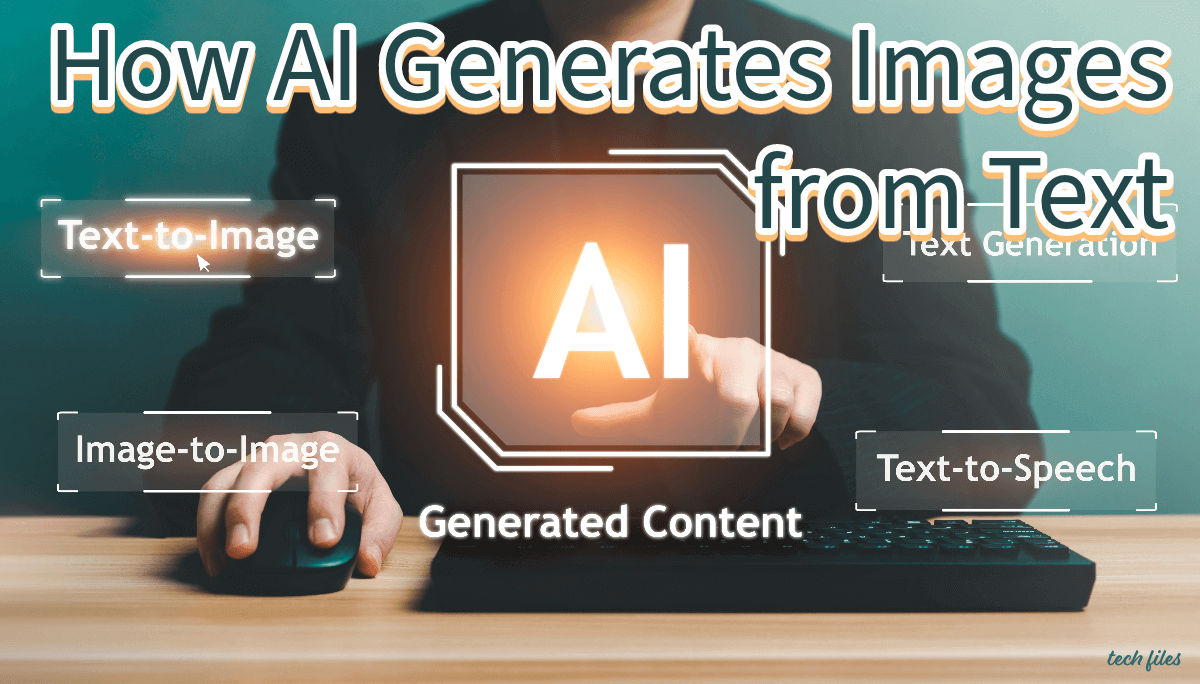
Artificial Intelligence (AI) has revolutionized numerous industries, and one of the most fascinating applications is the generation of images from text. This groundbreaking technology allows computers to understand and interpret descriptive language, and then transform those descriptions into visually stunning images. AI-generated images have gained significant attention in recent years due to their ability to enhance creativity, streamline design processes, and revolutionize the way we think about visual content creation.
How does AI generate images from text?
AI-generated images are created through a process called conditional generative modeling. This approach involves training a machine learning model on a vast dataset of images and their corresponding textual descriptions. The model learns to associate specific visual features with the textual input, enabling it to generate images that match the given description.
The underlying technology behind this process is known as Generative Adversarial Networks (GANs). GANs consist of two neural networks: a generator and a discriminator. The generator network uses the textual input to produce an image, while the discriminator network evaluates the generated image’s authenticity. Through an iterative training process, the generator network learns to create increasingly realistic images that fool the discriminator network.
Understanding the process of AI-generated image creation
To understand the process of AI-generated image creation, let’s break it down into three main steps: text embedding, image generation, and refinement.
Text Embedding
In the first step, the textual description is transformed into a numerical representation known as text embedding. Text embedding captures the semantic meaning of the text and encodes it in a way that the machine learning model can comprehend. Techniques such as Word2Vec or BERT are commonly used to convert the text into a high-dimensional vector.
Image Generation
Once the text has been embedded, the generator network takes over. It uses the text embedding as input and generates an initial image. At this stage, the image might not perfectly match the description, but it serves as a starting point for refinement.
Refinement
The generated image undergoes refinement through an optimization process. The generator network continuously adjusts the image based on feedback from the discriminator network. This iterative refinement process continues until the generated image closely aligns with the textual description.
Step-by-step guide to generating images from text using AI
Generating images from text using AI involves several steps. Let’s explore a step-by-step guide to help you create your own AI-generated images:
Step 1: Gather and preprocess your dataset
Begin by collecting a dataset of images and their corresponding textual descriptions. Ensure that the dataset is diverse and representative of the type of images you want to generate. Preprocess the textual descriptions by cleaning the text, removing irrelevant information, and converting it into a suitable format for training.
Step 2: Train a generative model
Next, train a generative model on your dataset. Use a GAN architecture or other suitable models such as Variational Autoencoders (VAEs) or Transformers. Train the model on a powerful GPU-enabled machine, as the training process can be computationally intensive.
Step 3: Fine-tune and optimize
After training the model, fine-tune it to improve the quality of the generated images. Experiment with different hyperparameters, loss functions, and optimization techniques to achieve the desired results. This step may require multiple iterations and adjustments.
Step 4: Generate images from text
Once your model is trained and optimized, you can start generating images from text. Provide a textual description as input to the model, and let it generate an image based on the given text. Experiment with different descriptions to explore the model’s capabilities and creativity.
Step 5: Evaluate and refine
Evaluate the generated images by comparing them to the original textual descriptions. Assess whether the images accurately represent the given text and make any necessary refinements to improve the output. This step helps in fine-tuning the model further and enhancing the quality of the generated images.
The applications of AI-generated images
AI-generated images have a wide range of applications across various industries. Some notable applications include:
Design and Creativity
AI-generated images can be a valuable tool for designers and creatives. They can help generate visual concepts, provide inspiration, and accelerate the design process. Designers can use AI-generated images as a starting point and further refine them to create unique and original designs.
Content Generation
AI-generated images provide a solution for generating visual content at scale. Content creators can leverage this technology to quickly generate images for websites, social media posts, advertisements, and more. By automating the image generation process, content creation becomes faster and more efficient.
Gaming and Virtual Reality
AI-generated images play a crucial role in the development of realistic and immersive gaming experiences. By generating lifelike characters, environments, and objects, AI enhances the visual quality and realism of games. Virtual reality applications also benefit from AI-generated images by creating visually captivating virtual worlds.
Benefits and limitations of AI-generated images
AI-generated images offer numerous benefits, but they also come with some limitations. Let’s explore both aspects:
Benefits
- Time-saving: AI-generated images significantly reduce the time required for manual image creation and design iterations.
- Creativity enhancement: AI-generated images can spark creativity by providing unique and unexpected visual concepts.
- Cost-effectiveness: Creating images from text using AI can be more cost-effective than hiring professional designers for every visual concept.
Limitations
- Lack of originality: AI-generated images may lack the originality and human touch that come with manually created images.
- Interpretation limitations: AI models may not always interpret text accurately, leading to images that don’t align perfectly with the intended description.
- Ethical concerns: AI-generated images raise ethical concerns, especially when used for deceptive or malicious purposes.
Copyright issues with AI-generated images
The copyright ownership of AI-generated images is a complex issue that is yet to be fully addressed by legal frameworks. In most cases, the copyright is attributed to the creator of the AI model rather than the AI-generated image itself. However, this can vary depending on the jurisdiction and the specific circumstances.
Where to find AI-generated images
There are several online platforms and repositories where you can find AI-generated images. Some popular sources include:
- OpenAI’s DALL-E: OpenAI’s DALL-E is a cutting-edge AI model that generates images from textual prompts. It has been trained on a vast dataset and can produce impressive results.
- AI Dungeon: AI Dungeon is an interactive storytelling platform that uses AI-generated images to enhance the immersive experience. It generates images based on the player’s actions and the narrative.
- Research papers and conferences: Researchers often publish their AI-generated image models and datasets in academic papers and present them at conferences. These sources can provide valuable insights and access to state-of-the-art AI-generated images.
How to use AI-generated images in your projects
Integrating AI-generated images into your projects can be a straightforward process. Here are some tips to get started:
- Understand the limitations: Familiarize yourself with the limitations of AI-generated images to manage expectations and make informed decisions.
- Customize and refine: Use AI-generated images as a starting point and customize them to suit your specific needs. Apply manual edits, filters, or artistic effects to add a personal touch.
- Combine with other assets: AI-generated images can be combined with other visual assets, such as illustrations or photographs, to create unique compositions.
- Experiment and iterate: Don’t be afraid to experiment and iterate. Generate multiple versions of the same image, explore different textual descriptions, and refine the output until it aligns with your vision.
Tips for creating compelling AI-generated images
To create compelling AI-generated images, consider the following tips:
- Provide detailed and specific descriptions: The more detailed and specific your text input, the better the chances of generating accurate and visually appealing images.
- Experiment with different prompts: Try different textual prompts to explore the diverse capabilities of the AI model. Experimentation can lead to surprising and creative results.
- Understand the context: Consider the context in which the AI-generated images will be used. Align the style, colors, and overall visual aesthetic with the intended purpose and audience.
- Iterate and refine: Iterate on the generated images and refine them based on feedback and your own artistic judgment. Small adjustments can make a significant difference in the final output.
Conclusion: The future of AI-generated images
AI-generated images have opened up a world of possibilities in design, creativity, and content creation. As technology continues to advance, we can expect even more realistic and visually stunning images generated from text. However, it is crucial to strike a balance between the power of AI and the human touch, ensuring that AI-generated images are used responsibly and ethically. By embracing this technology and leveraging its capabilities, we can unlock new levels of creative expression and reshape the way we visualize the world.
CTA: Embrace the power of AI-generated images and unleash your creativity today. Explore the possibilities of this groundbreaking technology and witness the magic of turning text into captivating visuals. Start incorporating AI-generated images into your projects and experience the future of visual content creation.

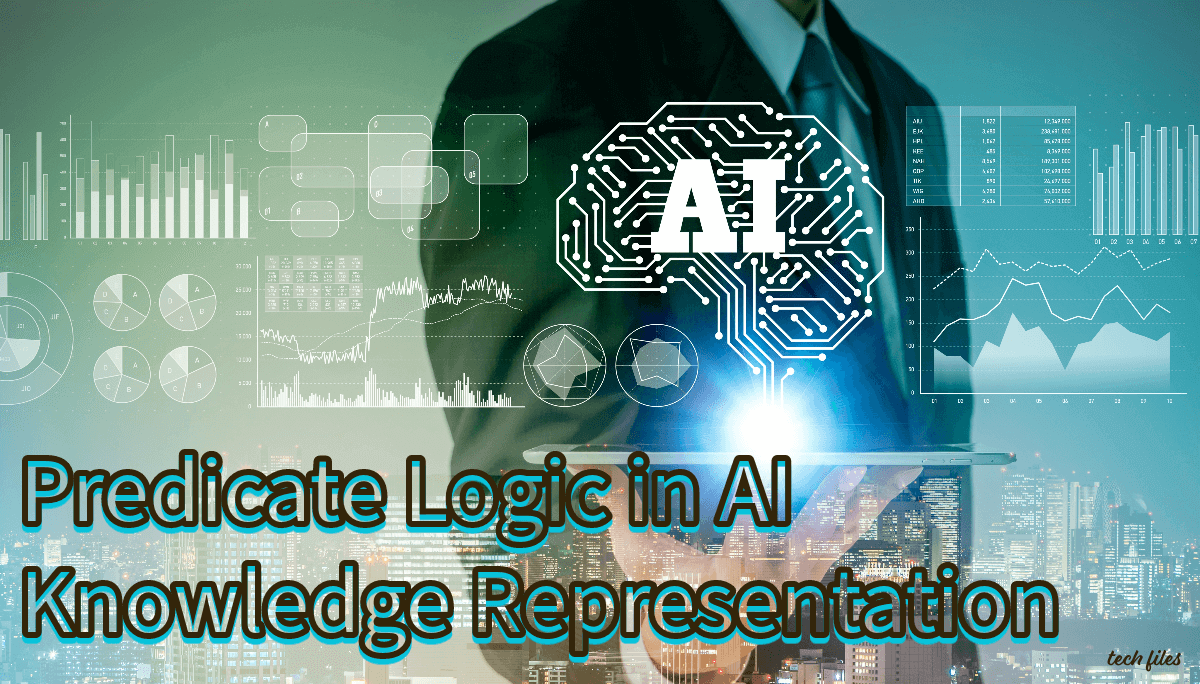

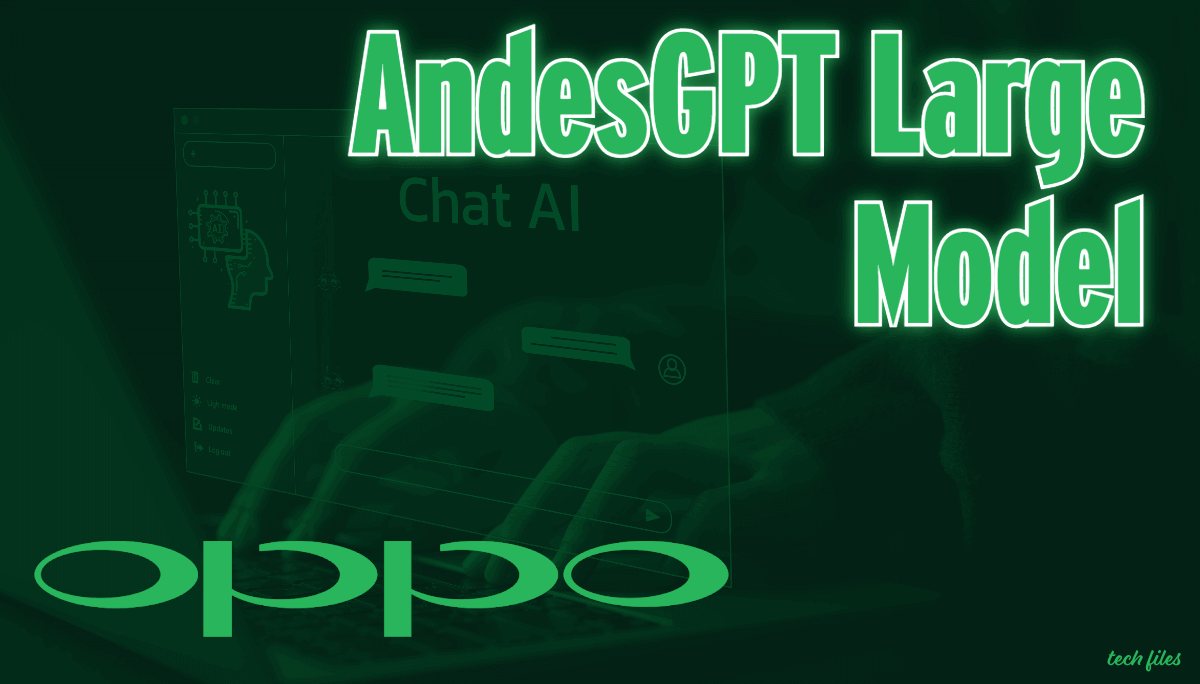

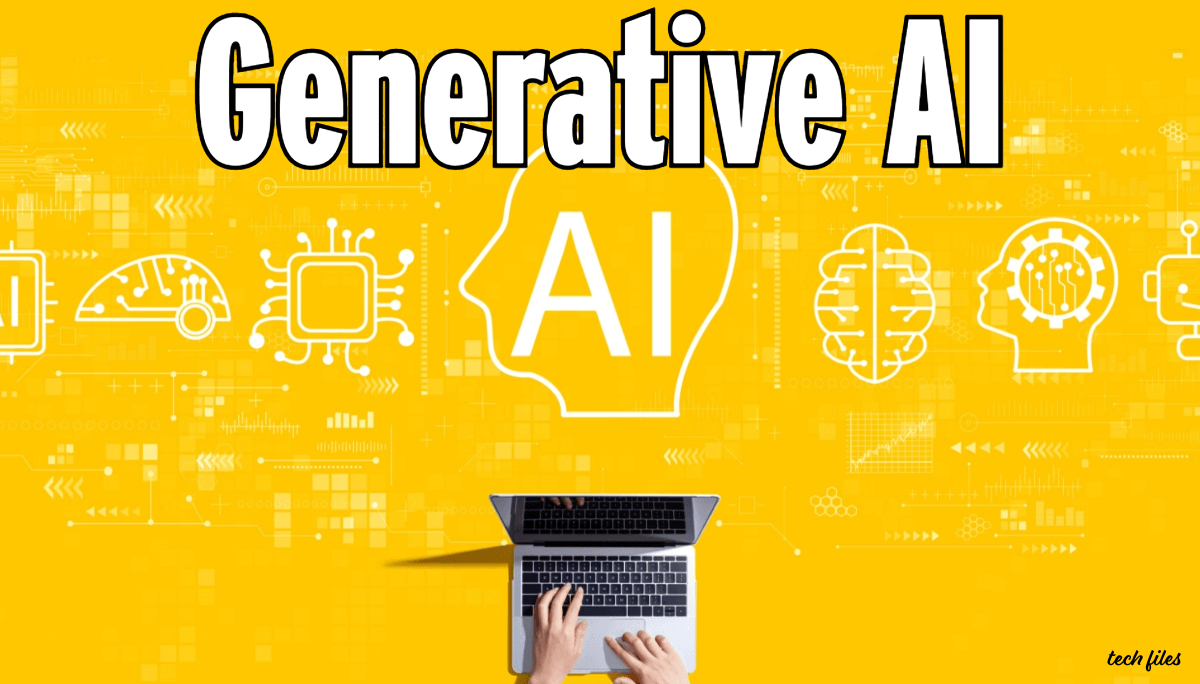
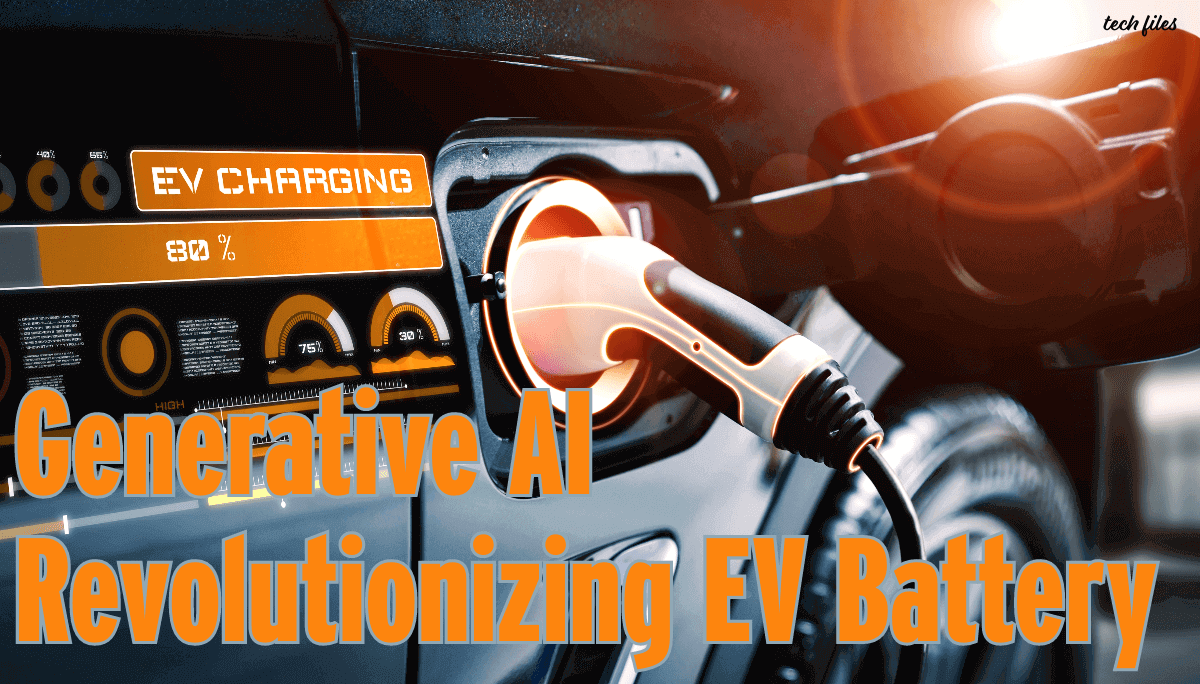
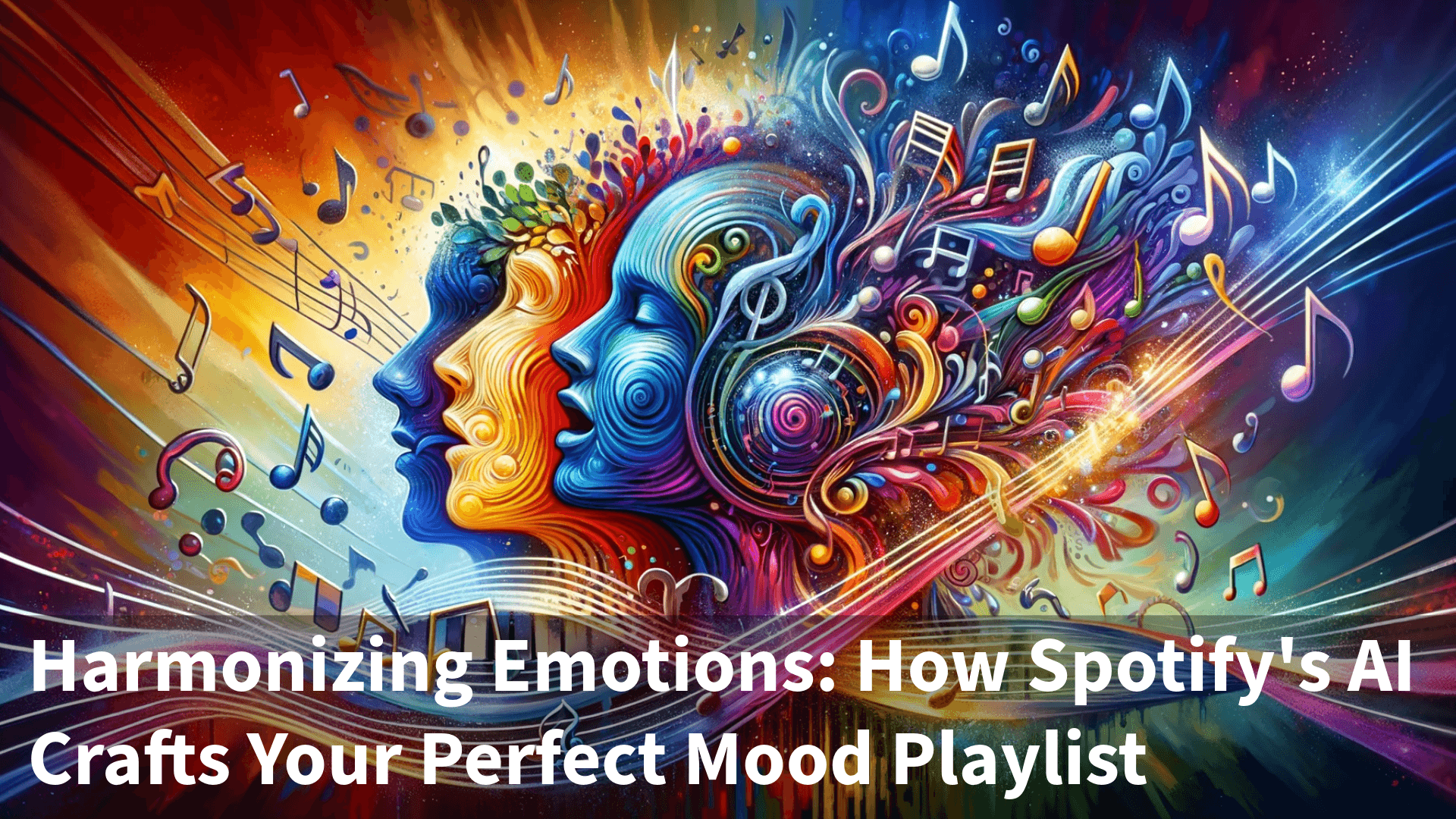
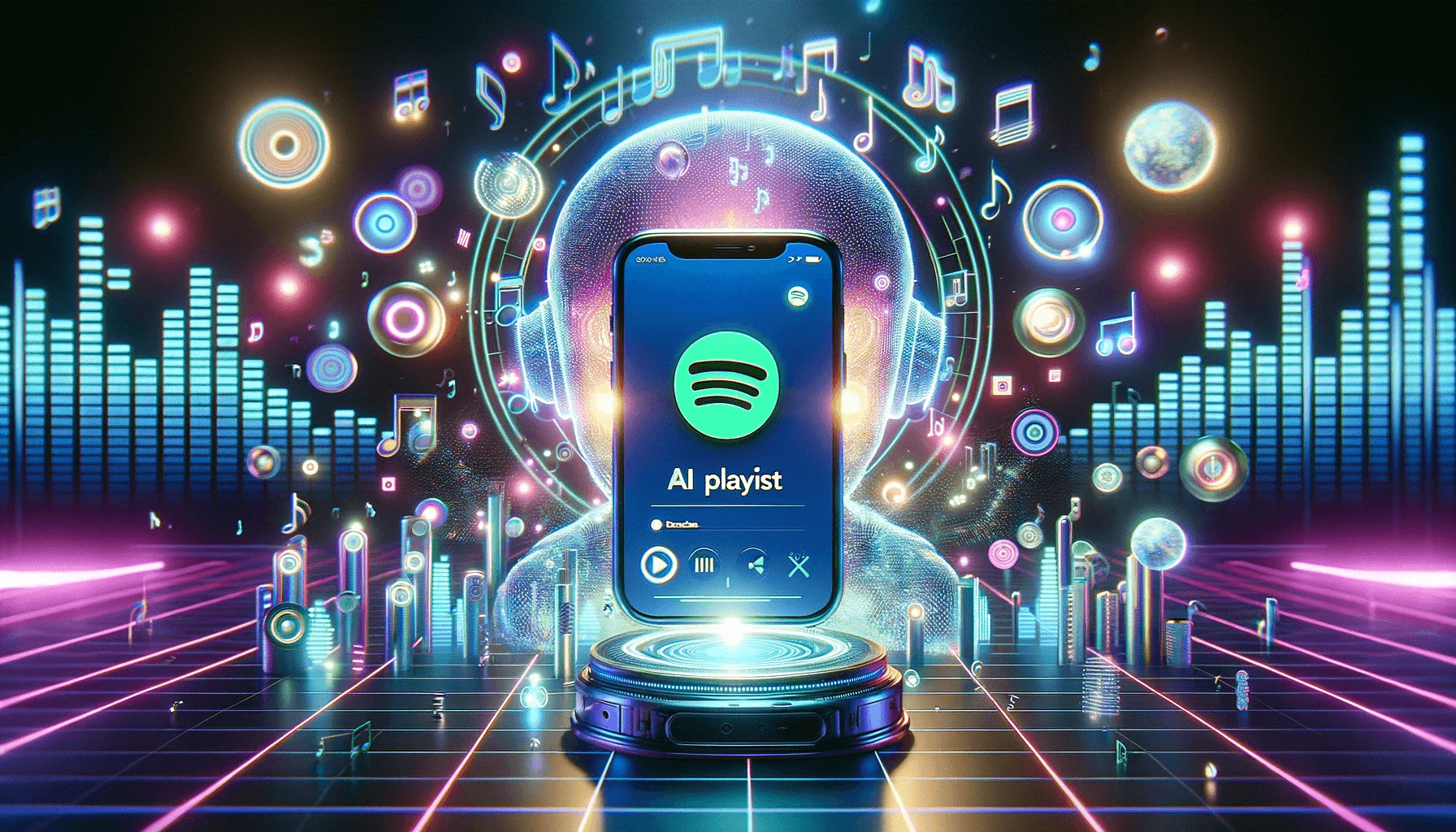


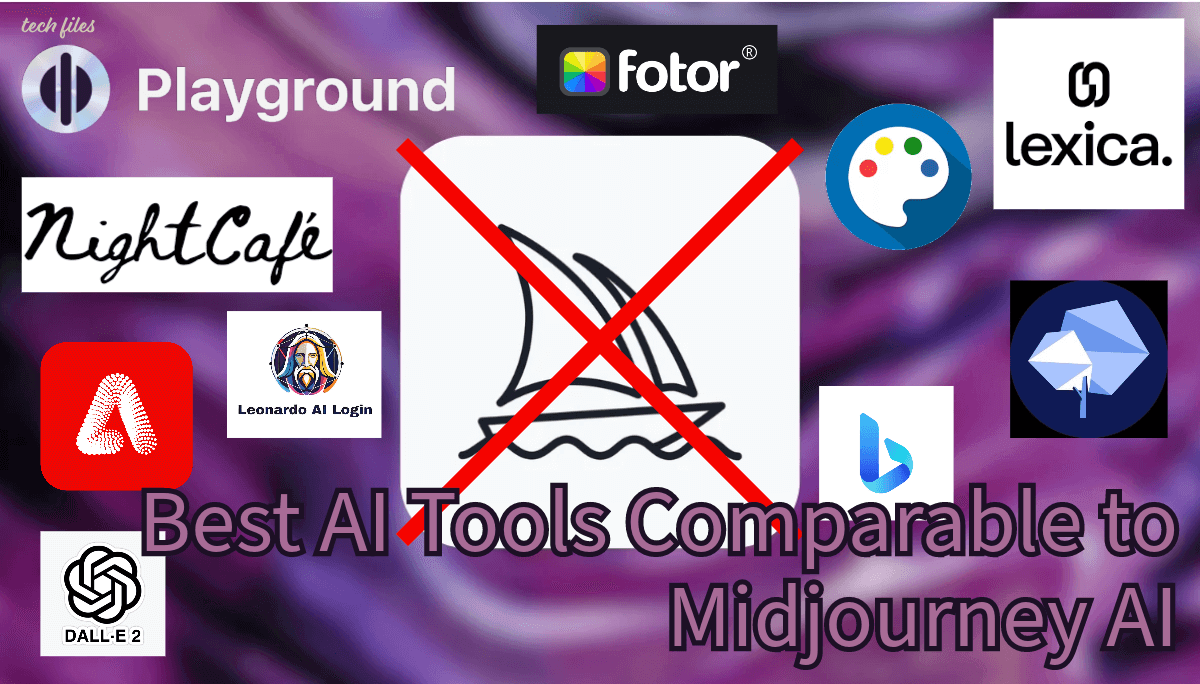
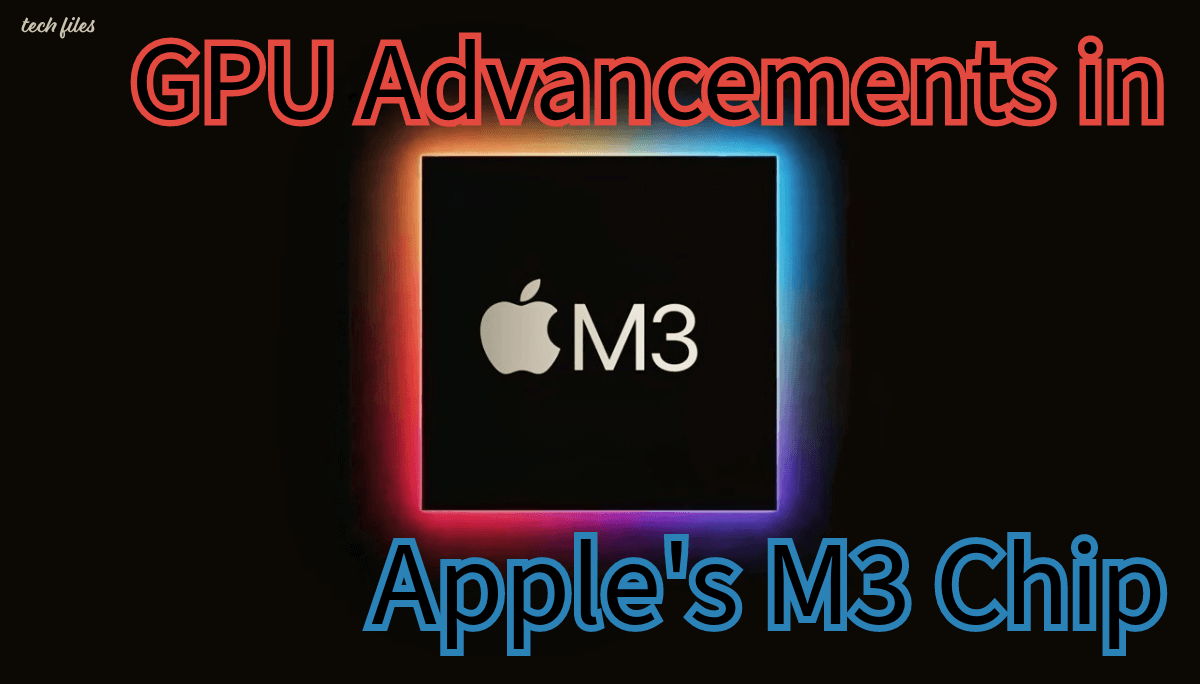
Sharing is caring!